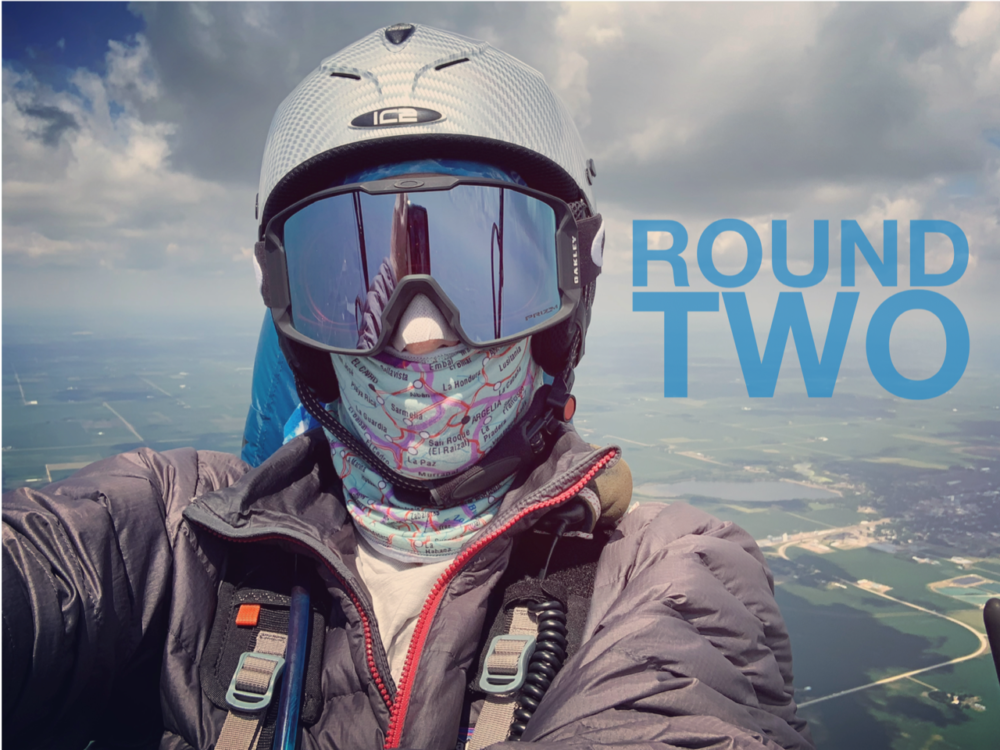
Kinga Masztalerz gets after it. She picked up paragliding not too long ago, but has been pretty fierce about chasing it hard from the beginning. She’s tackled the Red Bull X-Alps twice, flown all over the world, runs her own hike and fly race in New Zealand, and instructs at home in New Zealand and in places like Bir, India. But her journey has had quite a few scary bumps on the way. We start off with her experience in the X-Alps. She shares her initial excitement and overwhelming feelings during her first race in 2019 and the disappointment of being eliminated and the emotional impact it had on her. Kinga also talks about her injury in 2021 and the challenges she faced in participating in the race. She reflects on the changing dynamics of the Red Bull X-Alps and how her approach to flying has evolved over time. She emphasizes the importance of learning from mistakes, using her own rather scary ones early on as a catalyst towards building confidence as a pilot. Then we get into her coaching journey and the importance of understanding the mental and physical aspects of flying. She shares her experiences with overcoming fear and gaining confidence, and how she developed her coaching program to help other pilots navigate their own flying journeys. Kinga also talks about the balance between turning a passion into a business and how guiding and coaching actually adds to her love for flying. Lastly, she introduces the Wanaka Hike and Fly Race, a fun event that combines adventure, socializing, and flying in the beautiful Southern Alps of New Zealand. Enjoy!
Find our more about Kinga here:
Kinga’s website: https://kingamaszta.com/
Kinga’s coaching: https://kingamaszta.com/coaching/
Connect with Kinga on Social:
Instagram: @kingamaszta https://www.instagram.com/kingamaszta
Facebook: @KingaGoneWild https://www.facebook.com/KingaGoneWild
Wanaka Hike & Fly race: https://wanakahikefly.nz/
Support the Podcast
A buck an episode, that's all we ask
If you like what you hear, please consider becoming a subscriber to ensure our high-quality content continues. You can also help contribute to a healthier, greener planet through our partnership with Our Forest. See our donation and subscription options here.Listen to the Podcast
Listen to us on all the most popular podcast platforms:
Takeaways
- Flying progression is not a linear path, but rather a bumpy journey that involves mental and physical challenges.
- Coaching can provide valuable guidance and support for pilots as they navigate their own flying journeys.
- Turning a passion into a business can add to the love for the sport, as it allows for sharing knowledge and helping others.
- Mistakes and failures are essential for learning and improving in the sport of paragliding.
Chapters
00:00 Introduction and Background
01:19 Kinga’s Experience in the Red Bull X-Alps
07:25 The Changing Dynamics of Red Bull X-Alps
09:38 Emotional Moments in the Race
13:01 The Shift in Kinga’s Approach to Flying
16:20 Flying as a Reflection of Life
22:35 Learning from Mistakes and Building Confidence
36:15 Coaching and the Journey of Progression
41:30 Passion for Flying and Guiding Others
48:06 Learning from Mistakes and Cheap Mistakes
58:58 Wanaka Hike and Fly Race






Podcast: Play in new window | Download (Duration: 1:11:23 — 65.4MB)
Subscribe: Spotify | Amazon Music | Email | TuneIn | RSS | More
























